Gothenburg University: Seminar 1 Text Analysis Report
VerifiedAdded on 2022/08/18
|7
|1507
|56
Report
AI Summary
This report provides a comprehensive analysis of three key articles focusing on sociological themes of European identity, migration, and the concept of whiteness. The analysis includes a detailed examination of the authors' main arguments, key concepts, theoretical perspectives, and methodologies. The report critically assesses the strengths and weaknesses of each article, considering both theoretical and experiential viewpoints. Furthermore, the analysis explores the implications of the arguments presented for understanding and improving societal relations, particularly concerning issues of identity, race, and globalization within the European context. The report also includes an experiential connection, examining how the texts confirm or contradict personal experiences or common sense, and makes textual connections, linking arguments from the articles to other relevant sources. The report's structure follows the guidelines of a seminar assignment, emphasizing critical thinking, in-depth analysis, and a well-supported evaluation of the selected texts. The student has incorporated the key elements of the assignment brief in the report, including the aim of the text, the main arguments, key concepts and their definitions, theoretical perspectives, methodology, experiential connection, textual connection, criticism, and implications.
1 out of 7
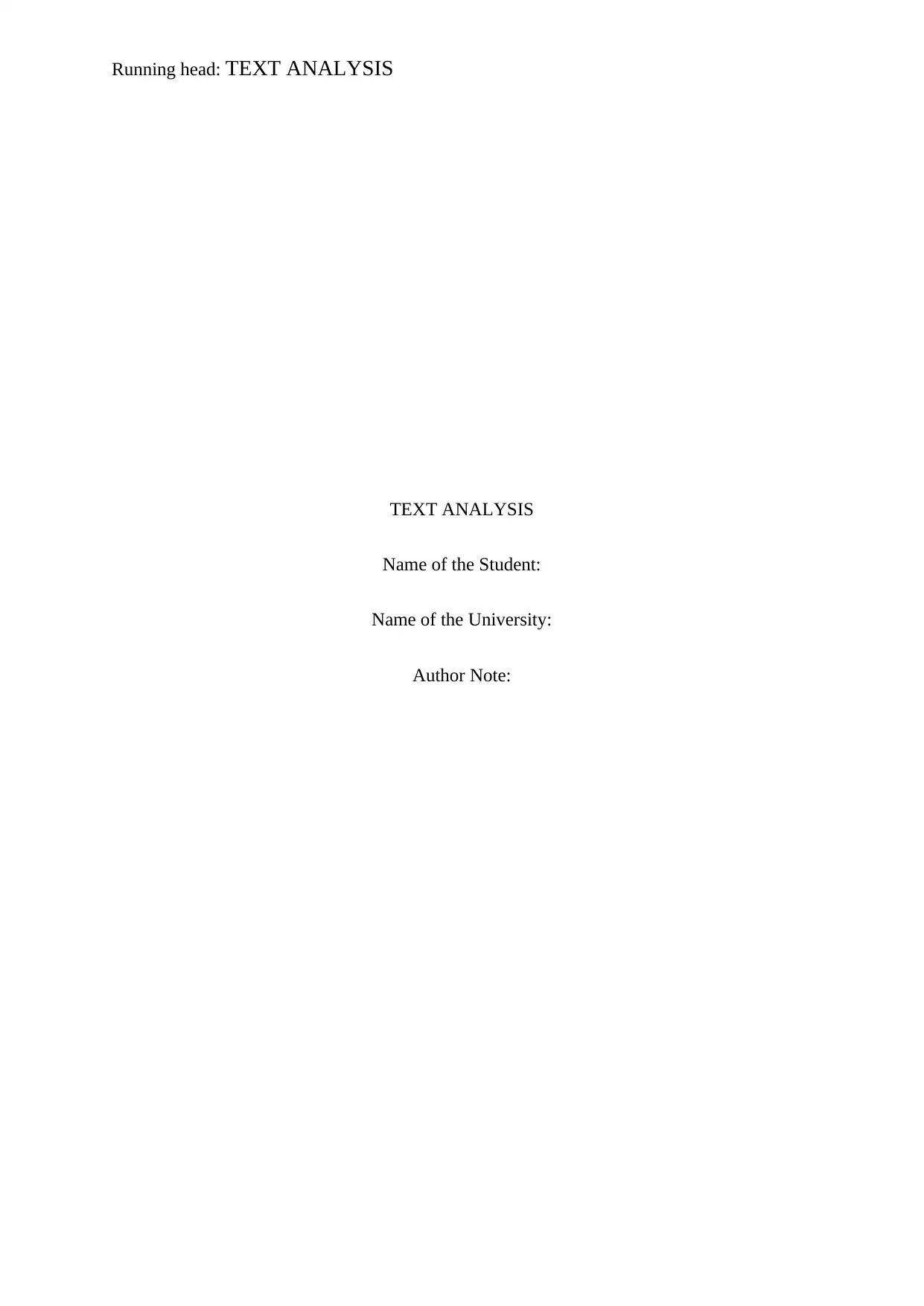
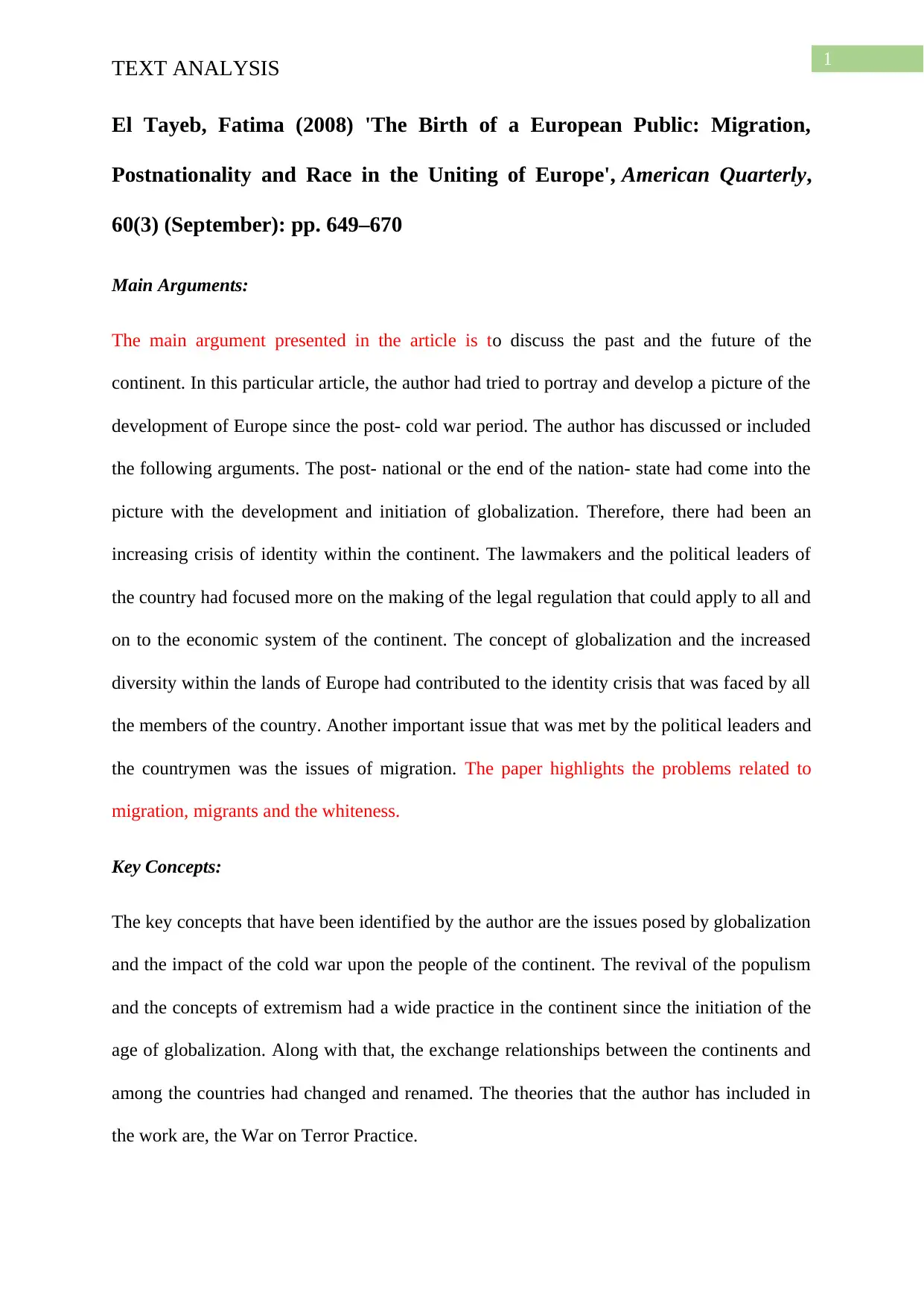
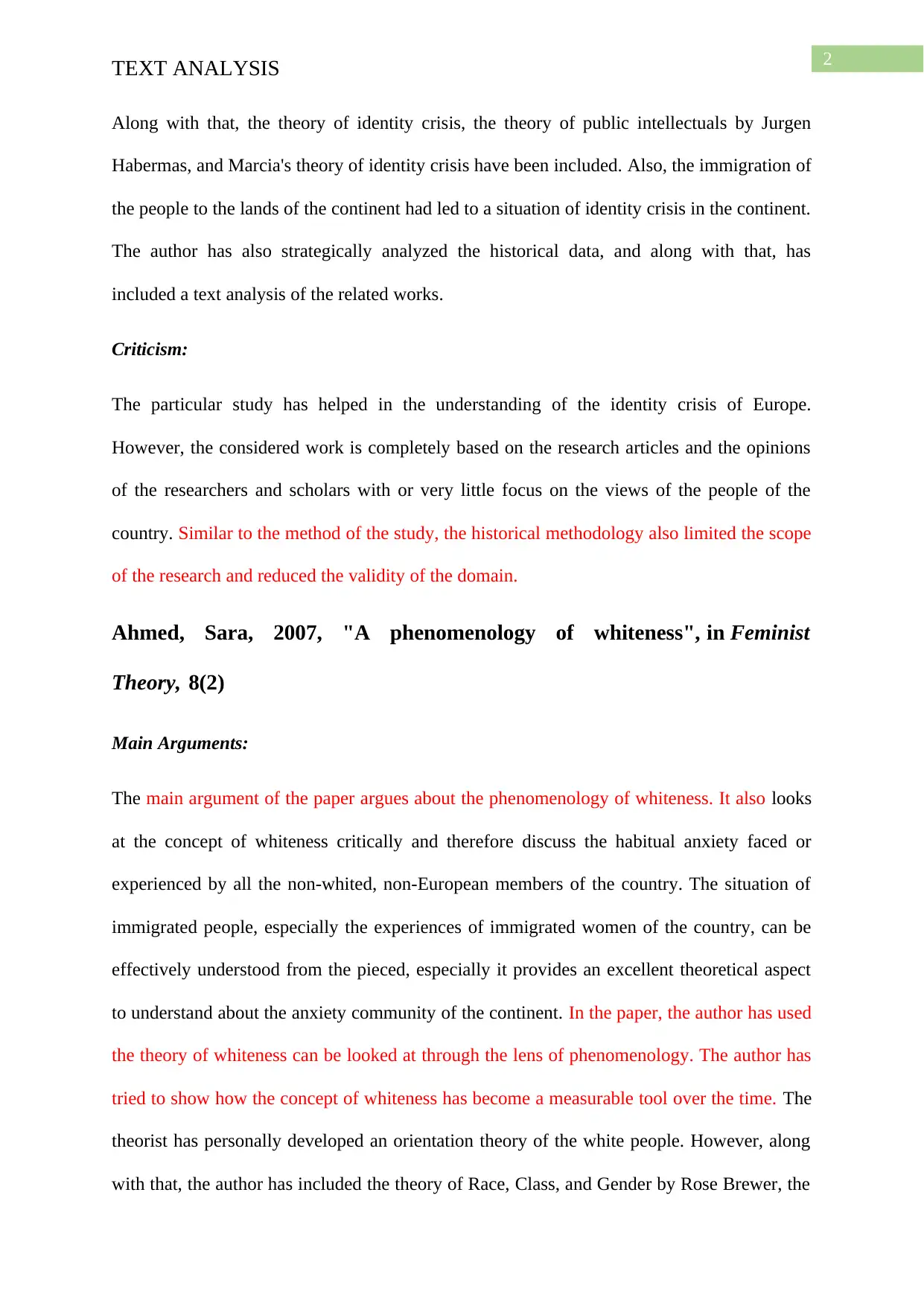
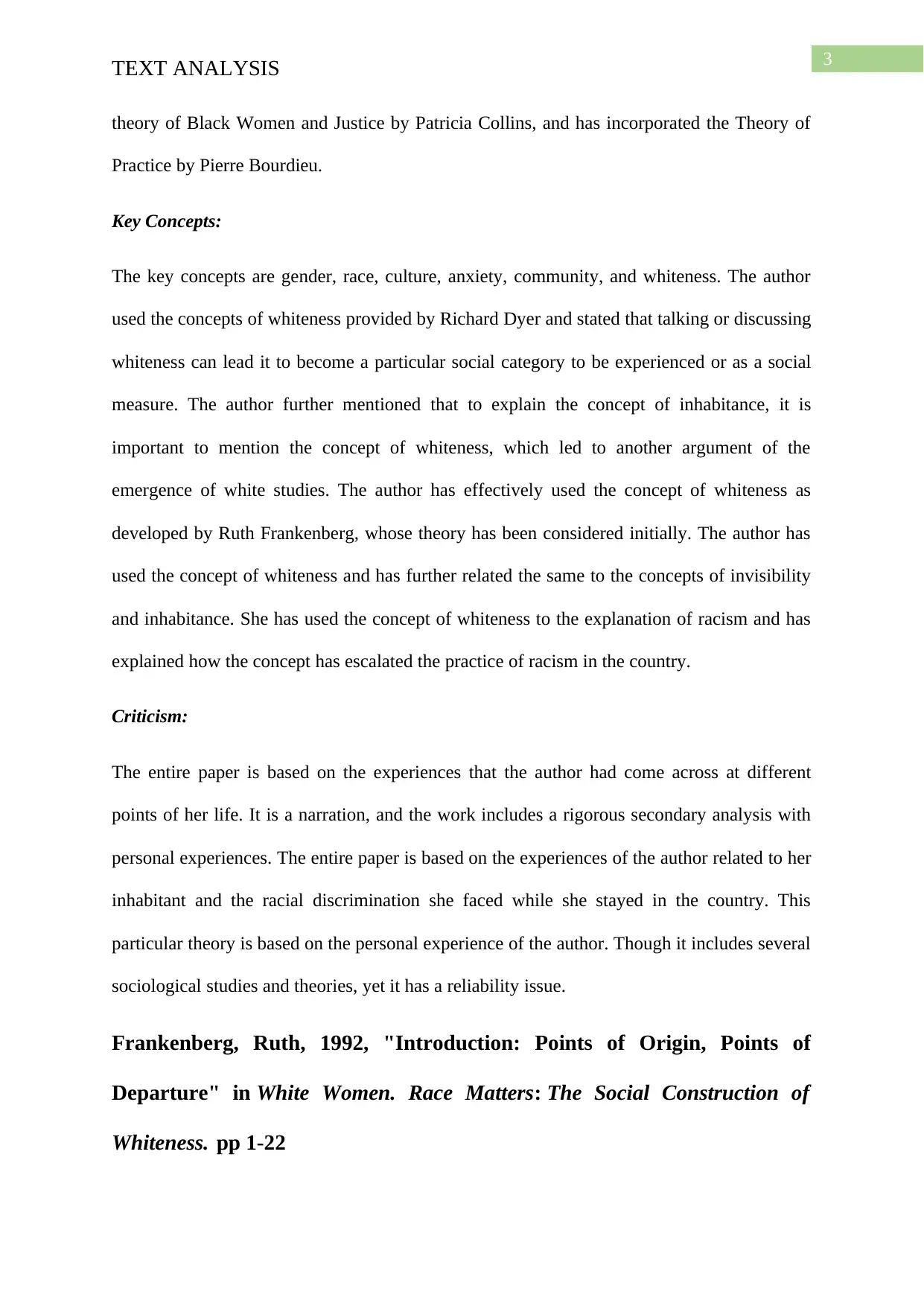
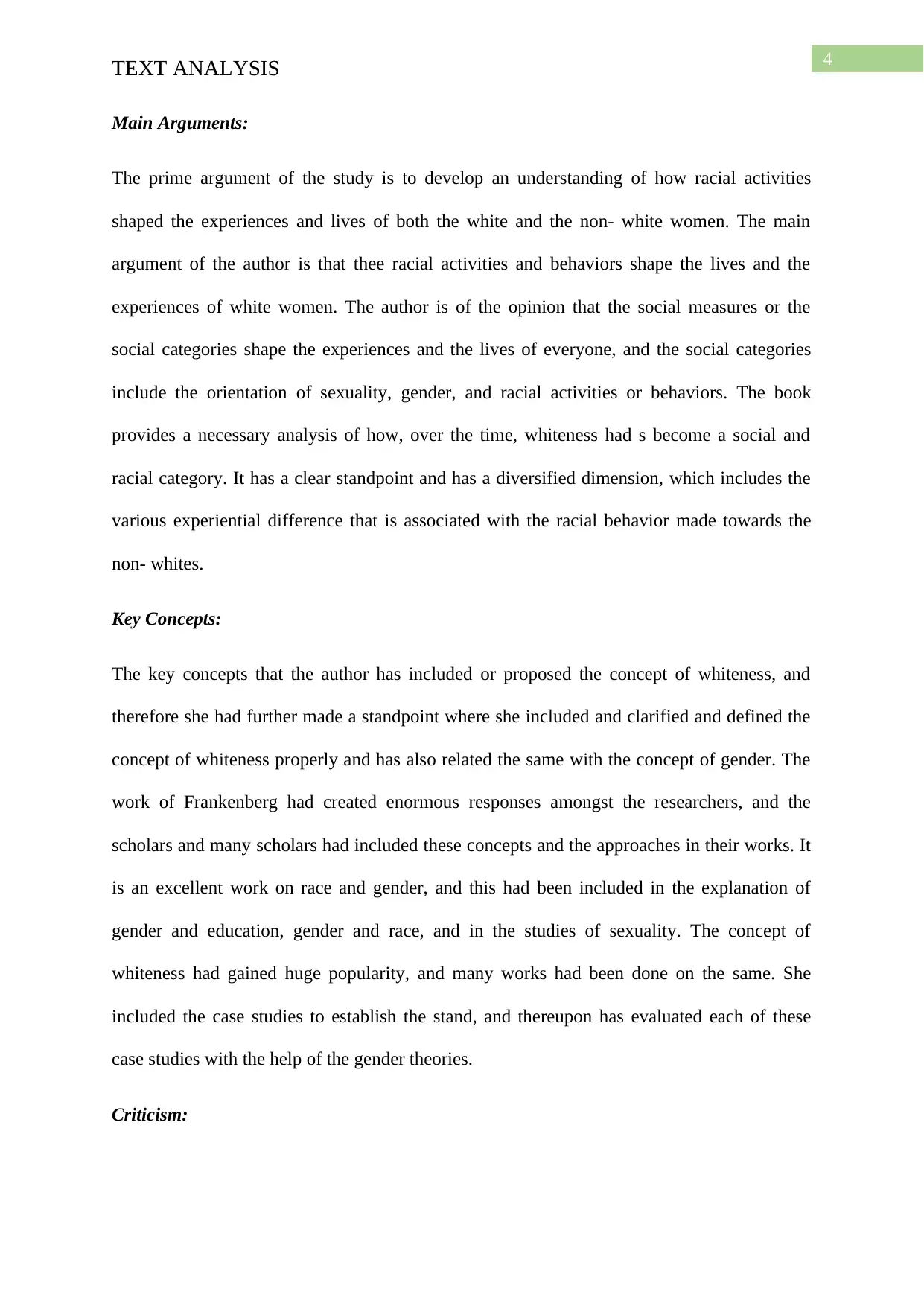
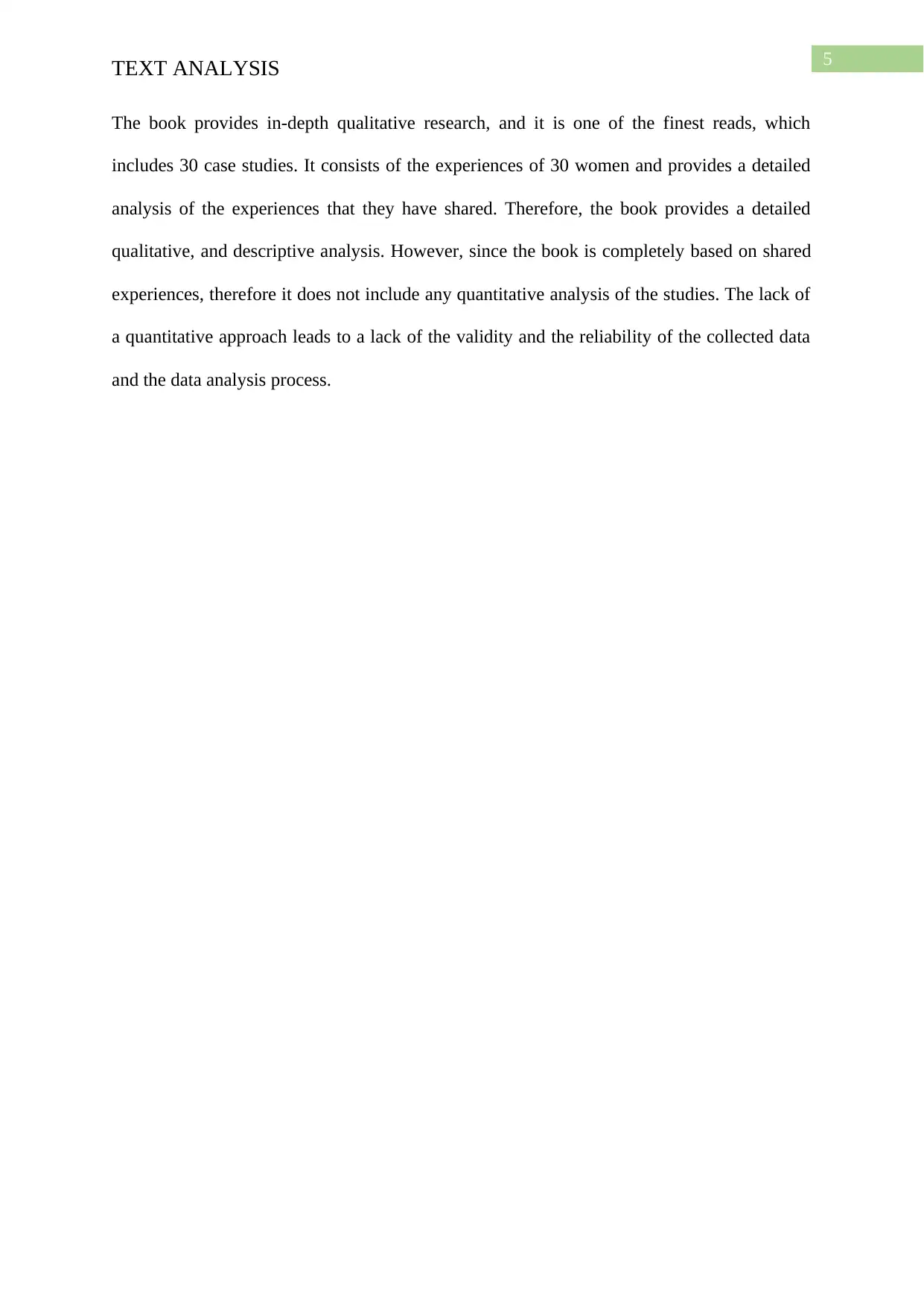
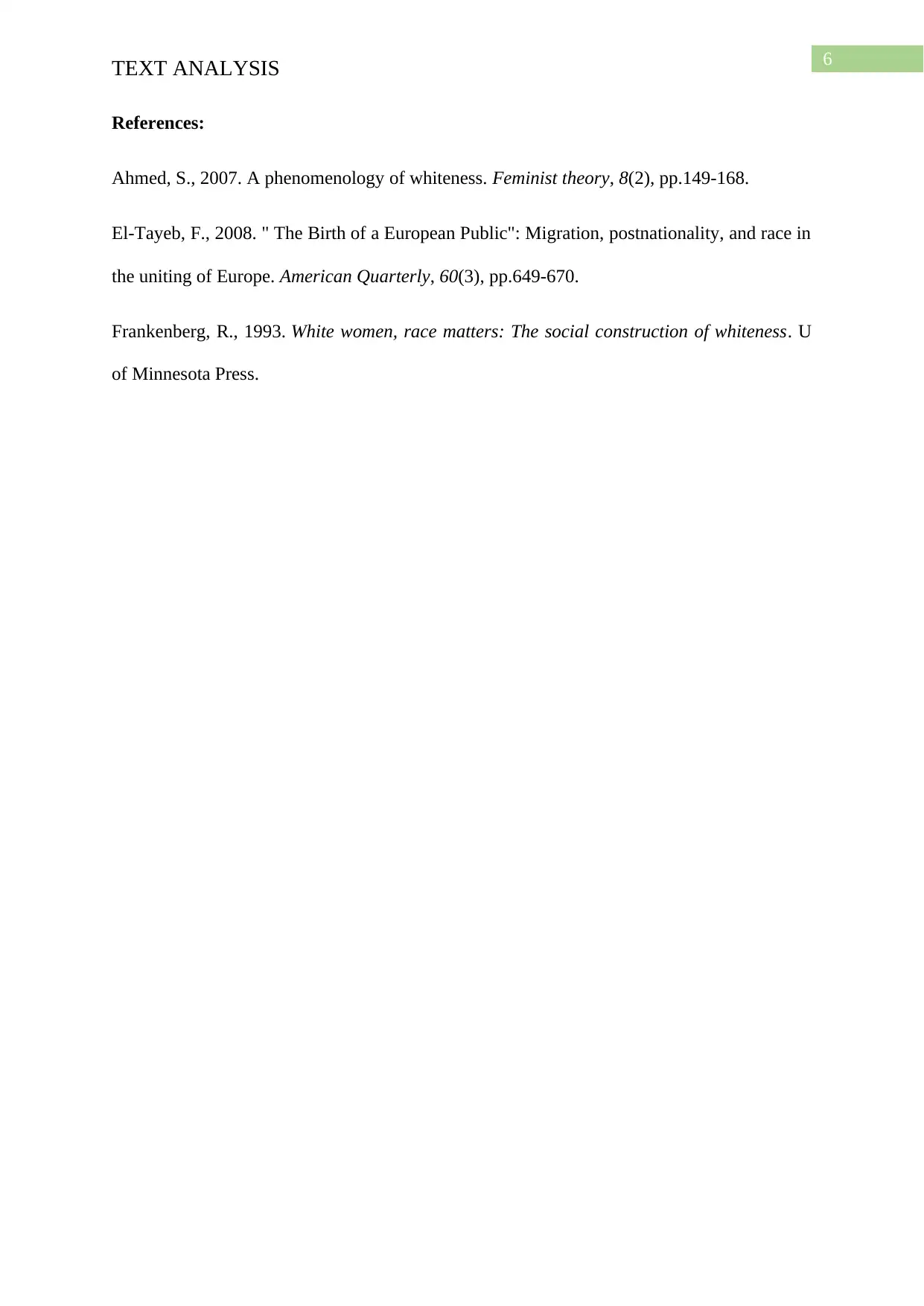



![[object Object]](/_next/static/media/star-bottom.7253800d.svg)